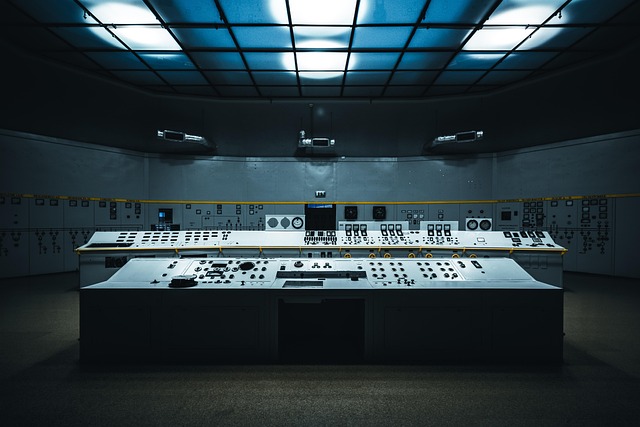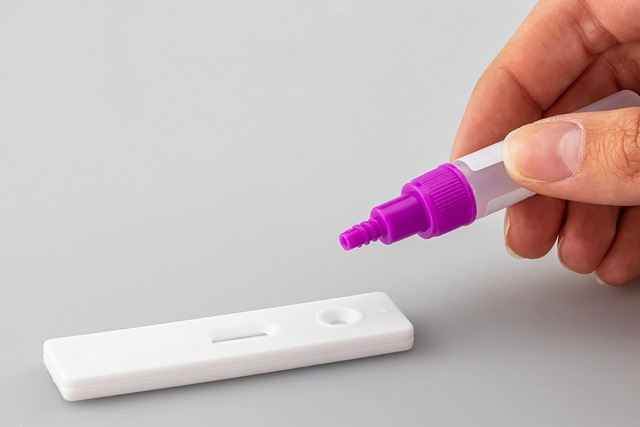Revolutionizing Control Systems: Harnessing the Power of Computer Vision
In the ever-evolving landscape of control systems, the integration of advanced technologies is not just a trend; it is a necessity. Among these advancements, computer vision-based control is emerging as a transformative force, reshaping how systems perceive, interact with, and respond to their environments.
Traditional control systems have long relied on pre-defined parameters and sensors that measure specific variables such as temperature, pressure, or speed. While effective, these systems often lack the dynamic adaptability and contextual awareness needed in today’s complex scenarios. This is where computer vision steps in, breathing new life into control frameworks by providing an unparalleled ability to “see” and interpret the world.
The Essence of Computer Vision-Based Control
Computer vision-based control refers to the process of using image and video data to inform and guide the behavior of control systems. By leveraging cameras and intelligent algorithms, systems can detect objects, track movements, recognize patterns, and even anticipate changes in their surroundings.
Imagine an automated manufacturing line where conventional sensors only detect the position of parts along a conveyor belt. With computer vision-based control, the system can identify defects in real-time, sort items by shape or color, and adjust operations dynamically to maintain quality without manual intervention.
Why It Matters for Control Systems
- Enhanced Precision: Visual data provides rich, multidimensional information that improves decision accuracy.
- Real-Time Adaptability: Systems can quickly react to unforeseen changes, minimizing downtime and errors.
- Reduced Dependency on Physical Sensors: Cameras are versatile and can monitor multiple parameters simultaneously.
- Cost Efficiency: Over time, computer vision setups can reduce maintenance and operational costs by streamlining processes.
Applications Lighting the Path Forward
From autonomous vehicles that interpret road conditions and obstacles to robotic arms adjusting their grip based on object shape, computer vision-based control is becoming ubiquitous. In smart agriculture, drones equipped with computer vision systems monitor crop health and adjust watering or pesticide application accordingly, optimizing resource use and yield.
Moreover, in the realm of healthcare, rehabilitative robots use vision-guided control to tailor movements to individual patient needs, demonstrating the profound human impact of these innovations.
Challenges and Considerations
While the benefits are clear, implementing computer vision-based control systems is not without challenges. Processing power requirements, lighting conditions, occlusions, and the complexity of algorithm development can pose hurdles. However, ongoing advancements in AI and hardware accelerators are steadily overcoming these obstacles, making computer vision more accessible and reliable for control applications.
For engineers and system designers, embracing computer vision-based control means stepping into a future where machines are not only controlled by fixed commands but also by sensory understanding—a future where control systems are more intelligent, responsive, and efficient than ever before.




